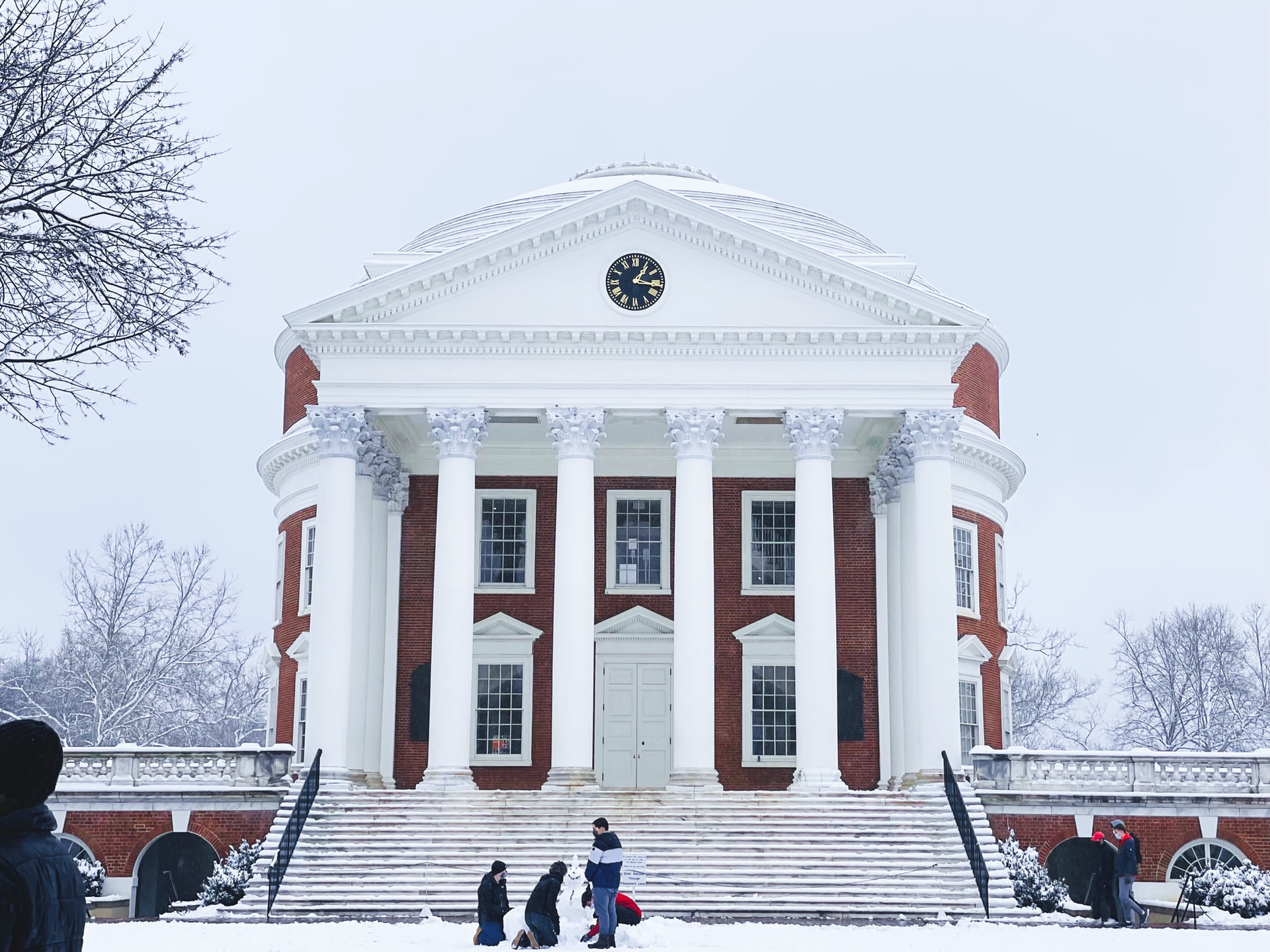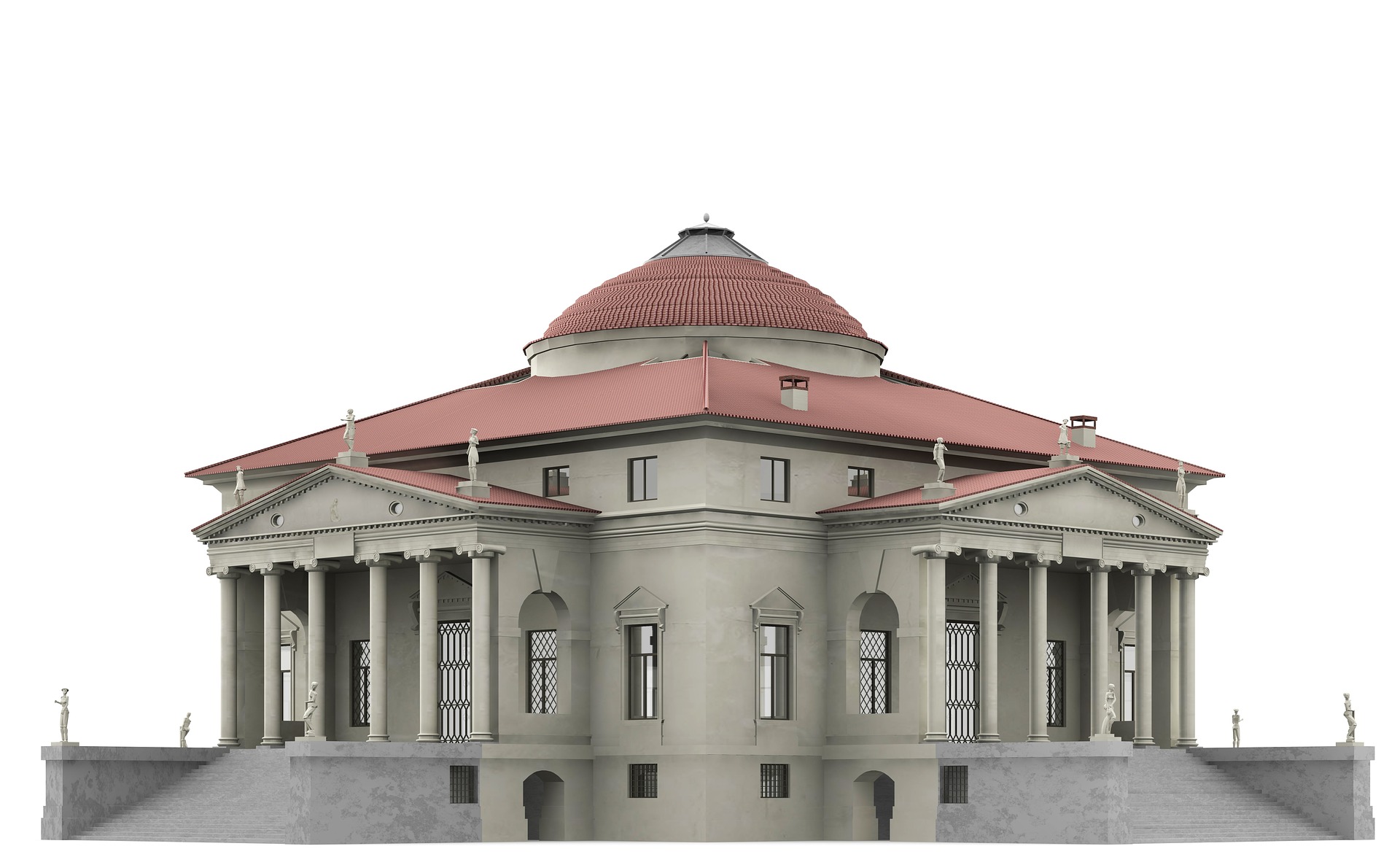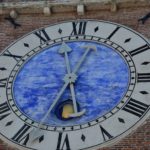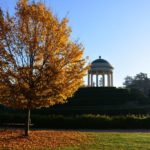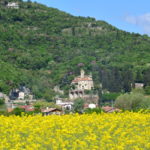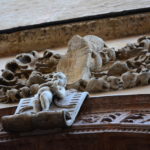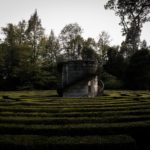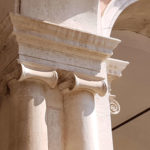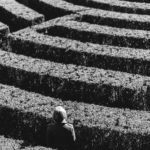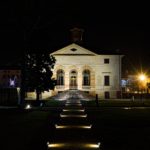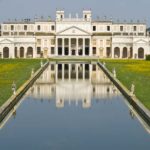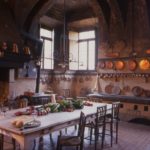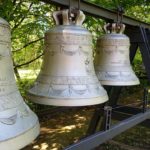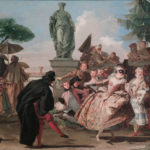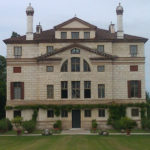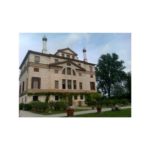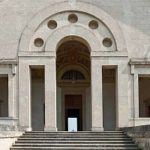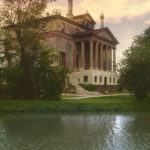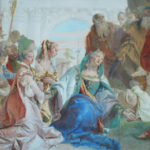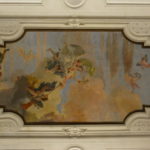The Congress of the United States of America, with resolution no. 259 of 6 December 2010, recognized Palladio as the “father of American architecture”.
The amateur architect Thomas Jefferson (1743–1826), who later became the third president of the United States of America, said that “Palladio’s four books were his Bible.”
Jefferson greatly appreciated Palladio’s stylistic ideals, and his designs for the Monticello estate and the University of Virginia were based on drawings from Palladio’s books.
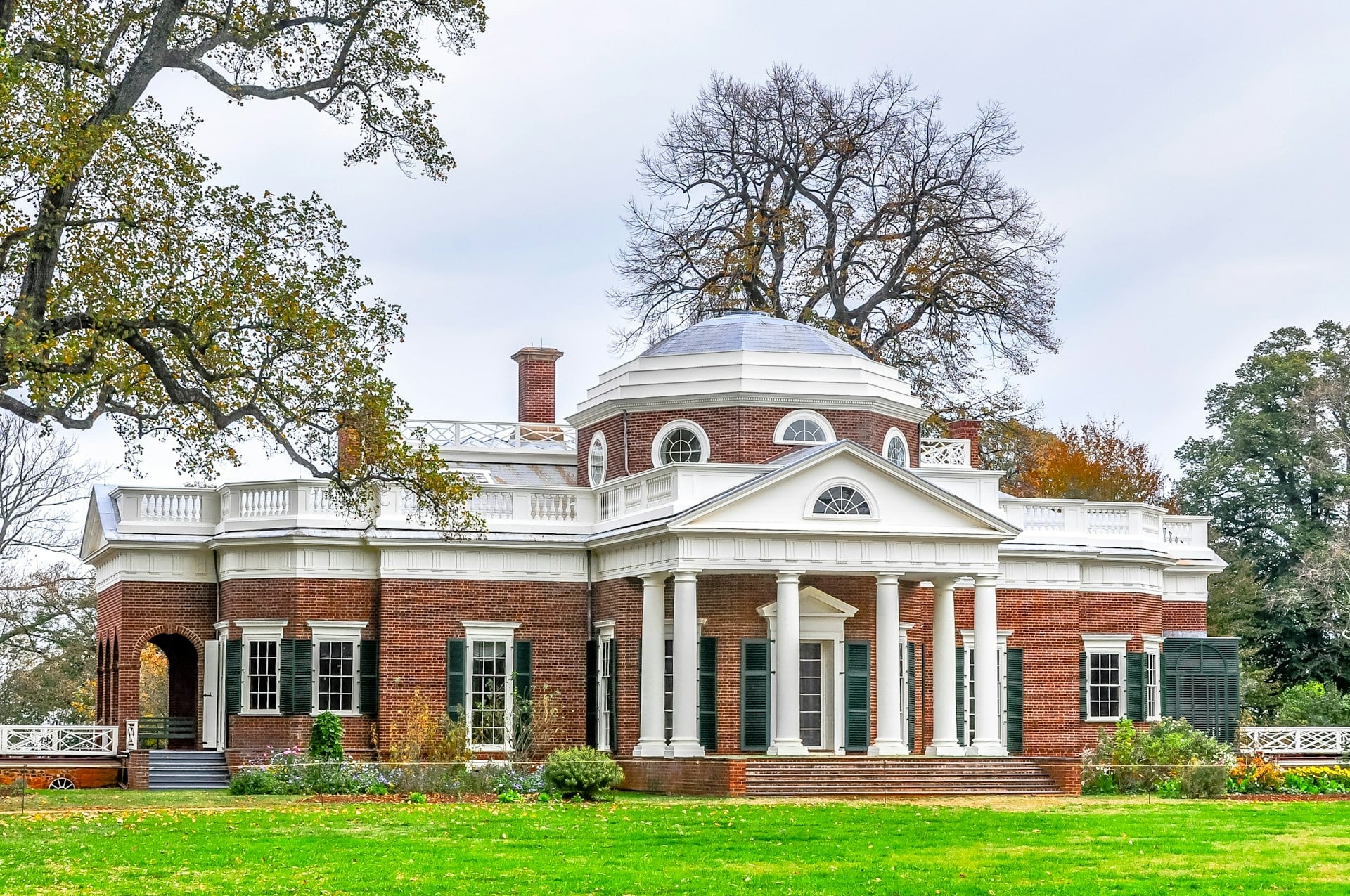 Andrea Palladio is considered the greatest interpreter of the Venetian villa civilization, an absolutely original housing and production typology, which responded to the aesthetic needs of the Venetian patricians.
Andrea Palladio is considered the greatest interpreter of the Venetian villa civilization, an absolutely original housing and production typology, which responded to the aesthetic needs of the Venetian patricians.
Agriculture had become the new form of subsistence and investment. Palladio’s villa for the first time in the history of architecture assumed the typical forms of the classical temple intended during the Renaissance as an element of cultural distinction.
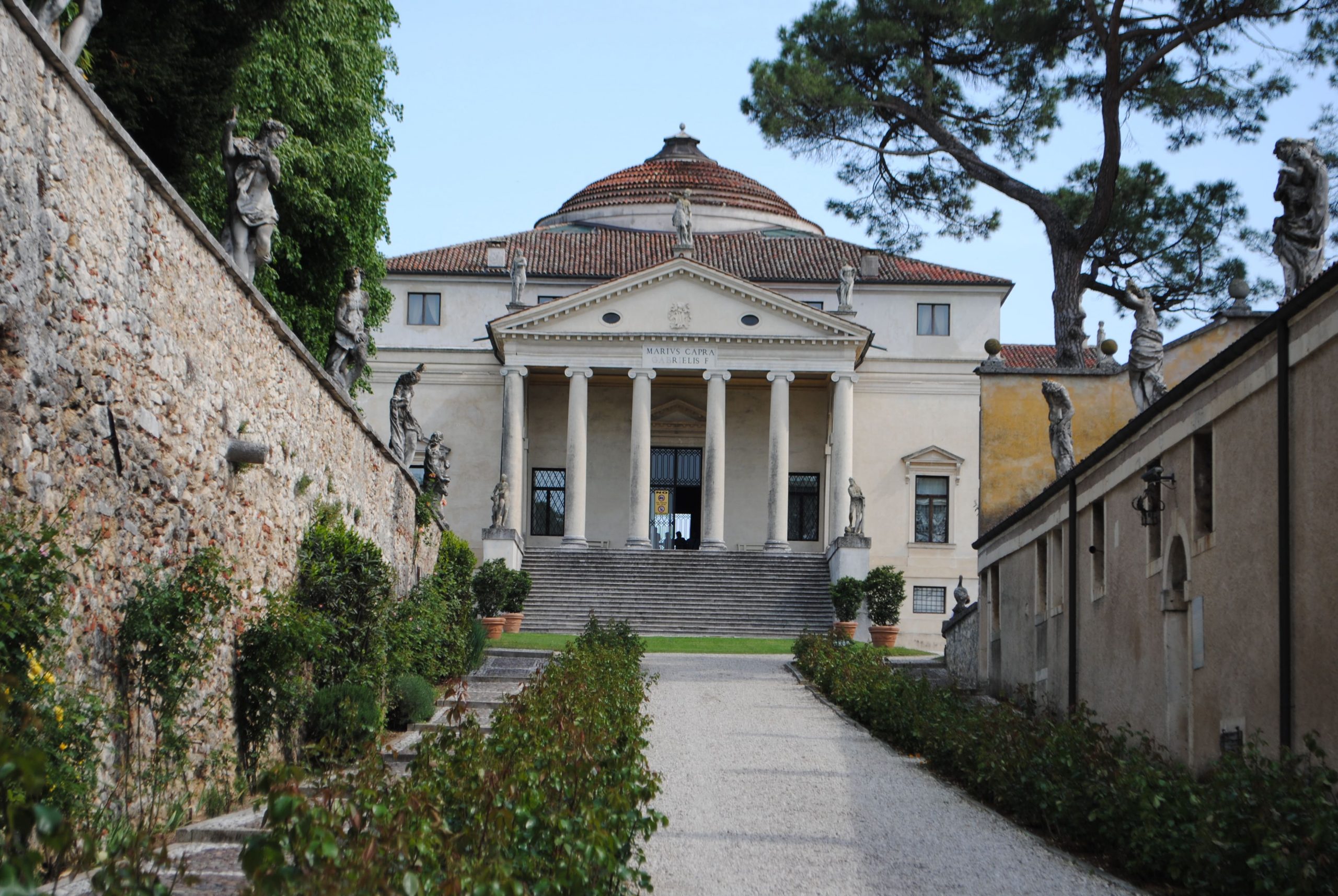
Starting with Palladio and for the next three centuries, many villas were built in the countryside of the Veneto hinterland and along the main waterways.
But what is surprising is that the new social and economic model represented by the “country houses” spread everywhere, even reaching very far and crossing the oceans, up to the great plantations in the South of the United States of America.
For Jefferson, Palladio is the one who was able to translate ancient Roman architecture into a modern sense.
